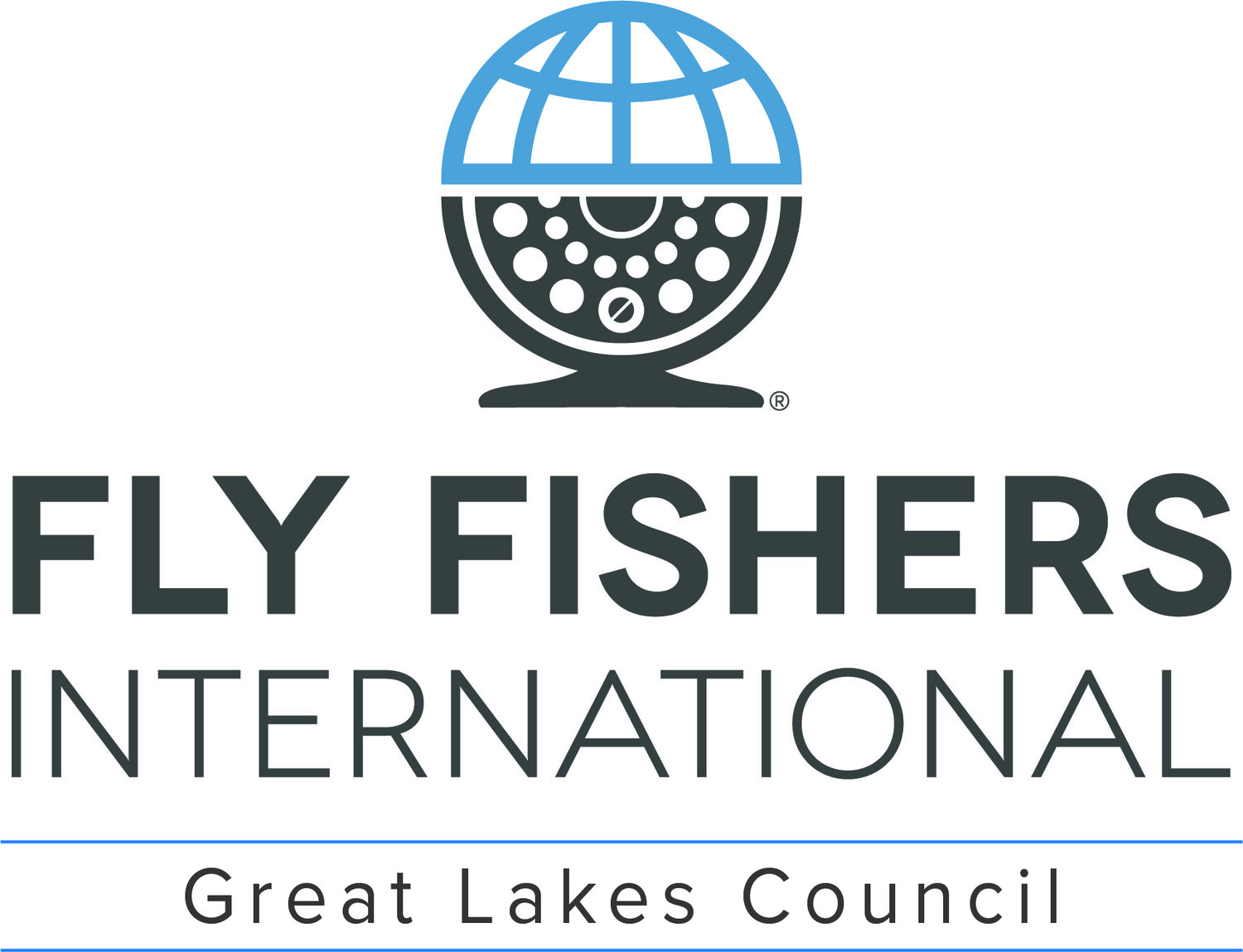
Conservation
What does the Great Lakes Council and FFI do for you? These Great Lakes Council Conservation Committee programs help ensure that there will be cold, clean water and great fishing for generations to come.
Conservation Grants
The Great Lakes Council of Fly Fishers International’s Conservation Grant Program provides grants to support “on the ground” conservation activities. Projects include stream restoration, biological sampling, fish or habitat research, construction of boat ramps, installation of monofilament dispensers or instructional signs and other projects that enhance and protect fisheries. The GLC partners with FFI and our clubs on these grants and FFI members often do the “hands on” work needed to complete the projects. To apply for a grant download the application from the Conservation tab at www.flyfishersinternational.org.
Recent grants awarded include:
Restoring a tributary to the Manistee River
Aiding efforts to stop the Aquila Mine on the Menominee River in the UP
Supporting the Anglers of the AuSable to stop the establishment of a fish farm on the river
Syers Lake Dam Removal on a tributary to the Little Manistee River
Conservation Actions and Policy Positions
The GLC also takes positions on important conservation issues and provides testimony to the Natural Resources Commission and the legislature. Recent actions include:
Providing testimony to the NRC opposing chumming on Michigan trout streams (rules were eventually enacted prohibiting chumming
Opposing recreational gold mining on Michigan Rivers
Opposing establishment of a weir on the Big Manistee that would hamper fish migration
Opposing the establishment of farms in the Great Lakes
Opposing Nestle Waters request for increased water withdrawals
Representation on Important Conservation Groups
The Great Lakes Council membership has an important voice in numerous DNR committees and Conservation Groups. These include:
DNR Cold Water Resources Committee
DNR Warm Water Resources Committee
DNR Lake Michigan Citizens Advisory Council
Michigan Environmental Council
Conservation Resource Alliance
Michigan Hydro Relicensing Commission
DNR Grayling Restoration Committee
It’s a common-sense proposal that should save significant numbers of trout from an avoidable death, and it doesn’t cost a dime to implement.
At their June conclave, the executive council of the FFF-GLC voted to endorse the 70 Degree Pledge and post an information link to it on the organization’s website.
The Au Sable Big Water Preservation Association (ASBWPA), a grassroots organization formed to protect Michigan’s Au Sable River below Mio Dam, known as the Big Water, developed the pledge. Trout, coldwater fish, are very susceptible to the deleterious effects of warm water temperatures. They thrive in temperatures from 55 to 65 degrees, but above that range these fish begin to lose vitality. Threats to their survival are augmented when they are hooked and then released. While any released fish has a better chance at life than if it is kept, at water temperatures of 70 degrees or above there may be little difference in life expectancy. Fish with already overheated metabolisms are physically exhausted from being caught and find little relief when released into water with low levels of oxygen.
“They can’t recover the oxygen needed to resolve the debt incurred from being caught,” said Thomas Buhr, President of the ASBWPA and a new member of the FFF-GLC board. “Warm water means less oxygen as well as a physiology in a trout that demands even more of it. We lose thousands of fish each summer because of this.”
The Au Sable River below Mio Dam has long had problems with high water temperatures in the summer months. Unknowing Anglers can kill trout during times of sustained temperatures of 70 degrees or above. Buhr’s ASBWPA was formed, in part, because of this issue.
“I killed a bunch myself because I didn’t know any better,” Buhr said. “Now I’m trying to make up for it.”
The pledge is simple: do not try catch-and-release fishing on the Big Water on any day where the morning water temperature is 70 degrees or greater. Folks are encouraged to pursue warm-water species such as smallmouth bass or seek cooler environs for trout.
These 70 Degree alerts often last for weeks. The longest stretch this summer was 29 days. In 2011, there was a four-day period where the water temperature stayed above 75 degrees, killing many trout outright.
The Au Sable is not the only river afflicted with this problem. It is very common on tail-water systems. It is recommended to check USGS gauges, if possible, for the river one intends to fish.
(The website address is www.70degreepledge.org. A copy of the ASBWPA’s 2011 Summer Water Temperature Study can be obtained by sending your name and address to tom@asbwpa.org.)

